Chris Winnick - Butterflies in the Arnside and Silverdale AONB
Chris Winnick
THE BUTTERFLIES OF THE ARNSIDE AND SILVERDALE AREA OF OUTSTANDING NATURAL BEAUTY.
The Arnside and Silverdale AONB is one of the best butterfly areas in the UK. As revealed in recent Butterfly Conservation surveys the UK has suffered species decline in abundance, variety and distribution. Almost every ‘corner and crevice’ of the UK has faced such decline as our countryside is degraded by removal of hedgerows, coppices, marginal and so called ‘unproductive’ land and by the intensification of agriculture with drainage, liming, application of chemicals, insecticides, herbicides and a lack of management for ‘public good’. Fortunately for those who enjoy the AONB we still have one of the most varied and valued landscapes for wild life in the UK with many nature reserves and other areas of habitat suitable for butterflies and moths: the AONB is still in the ‘premiership’ when it comes to enjoying these ‘scaley winged’ insects.
Looking first at the 13 more localised and specialist butterflies there are four ‘Fritillary’ species including the two rarest and most threatened butterflies in the country…. the High Brown Fritillary and the Pearl-bordered Fritillary. The former is reduced in range but still breeds successfully on Arnside Knott……surely one of the best places to see butterflies and enjoy a stunning view! The latter is now down to just one colony on the almost equally brilliant Warton Crag. Both require either freshly cleared plots of woodland or bracken covered hillsides where violets can grow in profusion. Bare earth created by coppicing or the presence of bracken litter will provide areas with less grass and more violet and a warm micro-climate for these niche species. Their close relatives the Dark Green and the Small Pearl-bordered Fritillary are more tolerant of grass and cooler conditions at ground level but also require access to significant areas of violet to keep their caterpillars well fed.
Other habitat specialists include the Scotch Argus which is less restricted in Scotland but in England is only found on the Blue Moor grass of Arnside Knott and Smardale Gill, [There are other sites where SA has been more recently introduced, mainly in Yorkshire, with qualified success.] and the colonising Brown Hairstreak that was most likely released 20 years ago and is now spreading where it can lay eggs on Blackthorn…. notably in the Gait Barrow [NNR] and Arnside Knott areas. The Duke of Burgundy is also a rare specialist and having lost many former colonies in the AONB is now limited to Gait Barrow where conservation work to create semi-shaded woodland clearings rich in Primrose have helped maintain a small population.
Less rare but increasingly localised the Wall and the Grayling like the course grasses and exposed limestone scars and crags of Warton Crag and Arnside Knott. Also less rare and probably under-recorded are the 3 remaining ‘Hairstreaks’ that are fond in the NW; the Purple Hairstreak [PH] that likes to fly at the top of Oak trees in the late afternoon and early evening sun of July, the White-letter Hairstreak [WLH] that will only lay on Wych Elm now that we have lost our Old English Elm [also an arboreal species found in late June and July] and the more widespread but equally elusive [and well camouflaged] Green Hairstreak [GH] whose caterpillars will eat gorse, rock rose and bird’s foot trefoil. PH are doing well in Butterfly Conservation’s Myer’s Allotment reserve opposite RSPB Leighton Moss, WLH can be found in Trowbarrow Quarry, Yealand Hall Allotment and Arnside Knott and GH are on the wing much earlier in the year [April-May] on Warton Crag.
Dingy Skipper, Small Heath and Northern Brown Argus are also specialists that are not uncommon but local and rarely seen in a garden setting. All three are spring and early summer emergers and generally do well on Warton Crag during May and June in warm, sunny and usually short-turf environments. Their caterpillar food plants are Bird’s Foot Trefoil, shorter grasses and Rock Rose respectively.
The above 15 species of butterflies make the Arnside and Silverdale area a special place for butterflies but if we did not have a further 20 species of butterfly likely to visit our gardens country lanes, flower rich meadows and woodland glades we would all be much the poorer. In the spring the ‘White’ family is particularly noticeable with Brimstone often first to emerge [from Hibernation] followed closely by Orange Tip, [only the male has orange] Large and Small White and Green-veined White. Also, in most years migrant Clouded Yellow arrive in low numbers…. usually in late summer. Small and Large Skippers are less likely to be found in gardens than on hillsides and along woodland walks but are nonetheless widespread…. remarkable given that Small Skipper only colonised from the south 25 years ago. The grass feeding ‘Browns’ are also doing well with most years seeing widespread and good counts of Speckled Wood, Meadow Brown, Gatekeeper and Ringlet. The former has the advantage of 2 or even 3 broods and has rapidly spread and the latter has gone from being largely absent 15 years ago to being the most common butterfly in North Lancashire and South Cumbria.
Holly Blue are always a delight to see in a spring garden if you are near holly and Ivy and their relative, the Common Blue, is equally a joy where Bird’s Foot trefoil flourishes in short turf…. only the male is predominantly blue. The Small Copper is also a ‘relative’ and a truly stunning butterfly but although it feeds on the widespread species of Sorrel and Dock it is not easy to predict its appearance! Although rarely seen in numbers it is multi-brooded and in most years is not uncommon.
Although seen in spring Peacock, Small Tortoiseshell, Comma and Red Admiral are best known as late summer butterflies when they come into gardens to build up reserves before hibernation. This brightly coloured family of large and powerful butterflies are most referred to in discussion about whether or not it has been a good year for butterflies….and sadly the ones most remembered as far more numerous on Buddleia, Astors and Sedum in days gone by…. days when nettle beds were also much more common! Finally, the Painted Lady is also a relative of this family but cannot survive our winters so we have to reply on migrations which [perhaps once in 10 years] may reach spectacular levels.
With 35 out of 59 breeding UK species the Arnside and Silverdale AONB is indeed a special place to see butterflies……. and with Silver-washed Fritillary and Large Heath almost within sight to the north and possibly others such as the Essex Skipper getting closer from the south who knows! In the mean time do consider how you can help with the conservation of butterflies be it in a garden or in the countryside so we can continue to enjoy the special butterflies we might otherwise loose. Please contact me for details of how you can help. chriswinnick@tiscali.co.uk
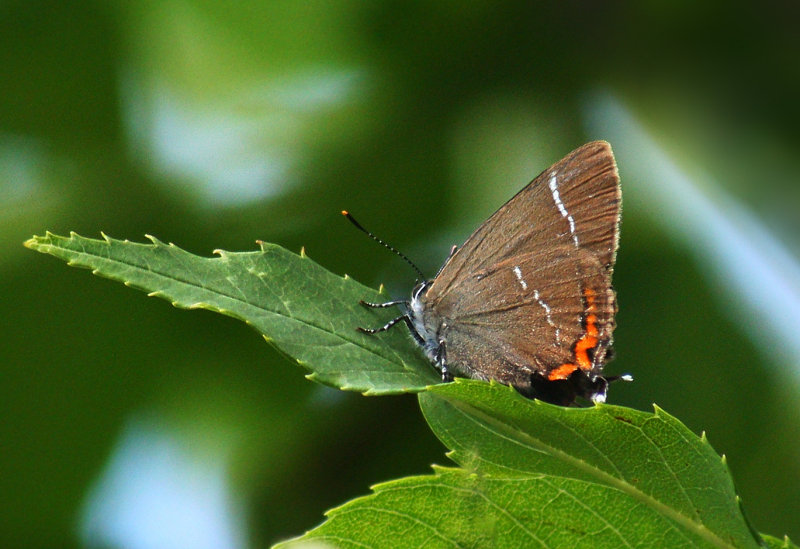

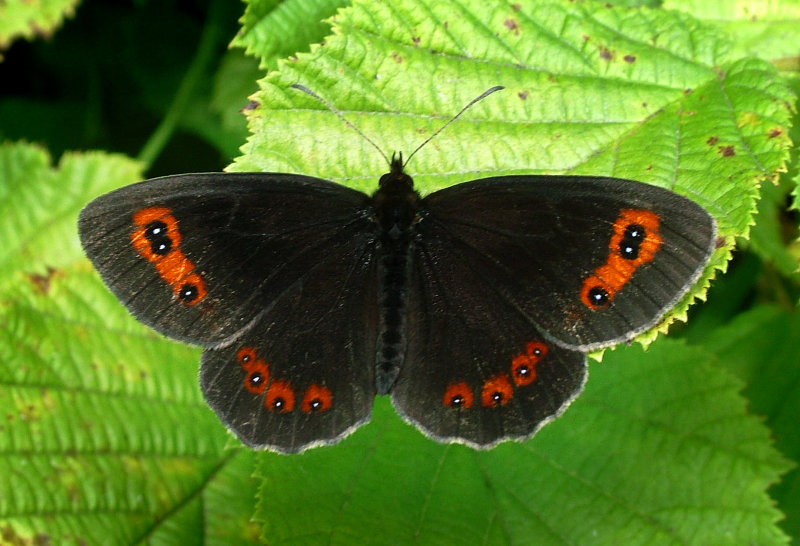
Image 1: White Letter Image 2: Small Pearl Image 3: Scotch Argus
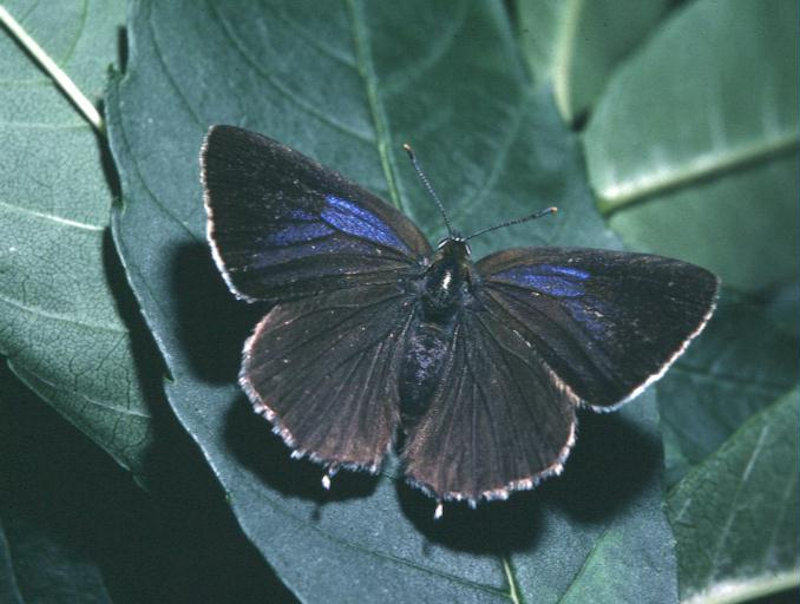
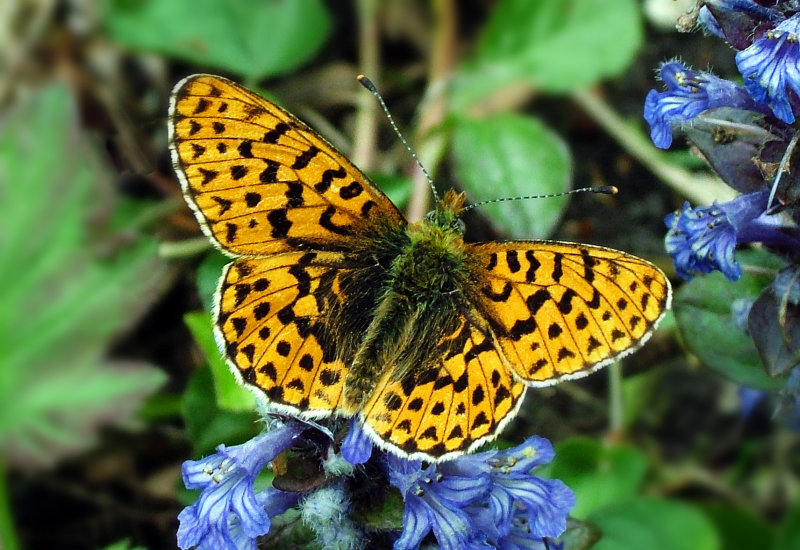

Image 1: Purple Hairstreak Image 2: Pearl Bordered Fritillary Image 3: Northern Brown Argus
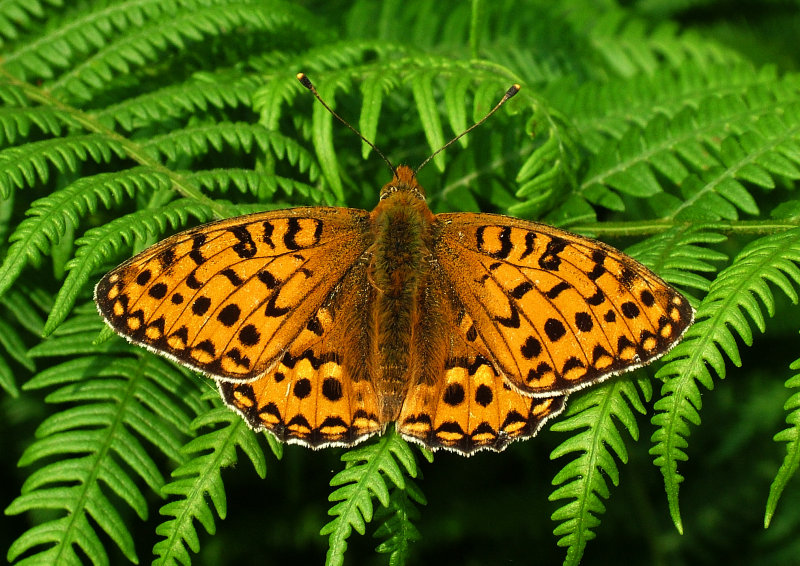


Image 1: High Brown Fritillary Image 2: Green Hairsteak Image 3: Duke of Burgundy

Dark Green Fritillary
